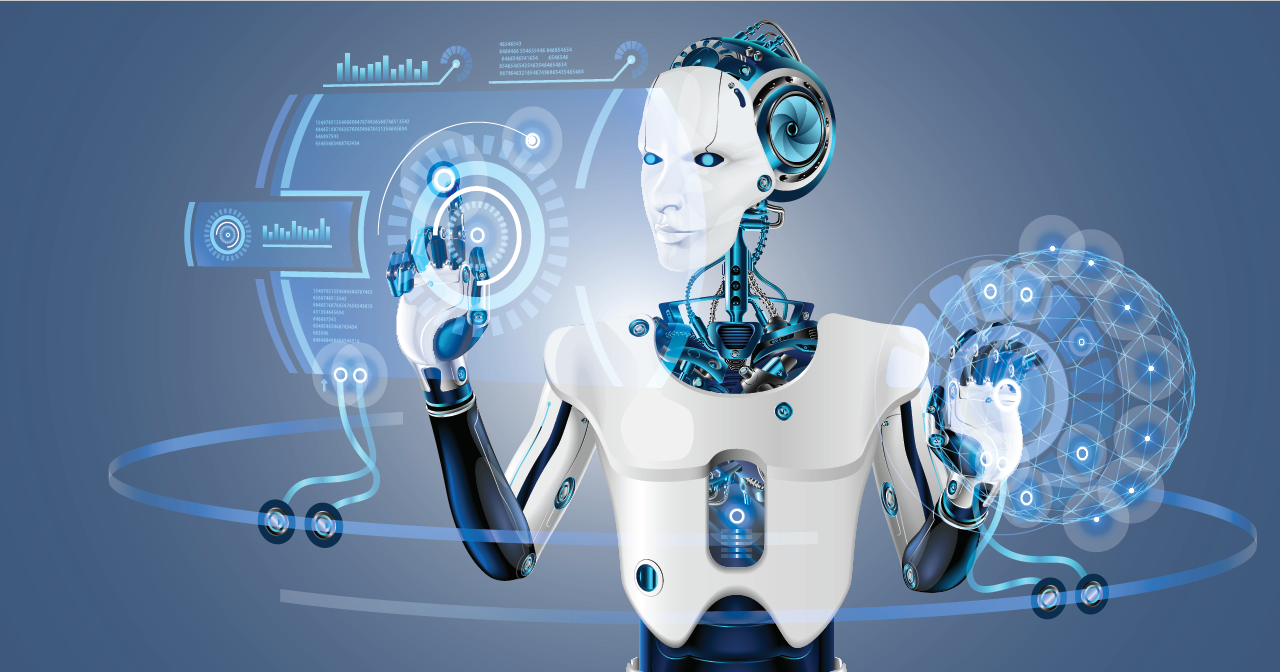In a time of technological advancement and innovation we have witnessed a transformative transformation in the manner that businesses operate. Automation and robotics is being embraced by various key players to streamline processes, improve productivity, and give companies an edge over the competition. Robotics, which includes the development, installation and integration of robots in various sectors is at the core of this revolution.
Understanding Robotics Applications
Robotics, as a branch of science and technology is focused on the design operations, application and operation of robots. A robot, as a concept is a device capable of doing tasks autonomously or with the assistance of a human. The machines are able to perform complex or repetitive actions in challenging situations.

The world of robotics goes beyond simple automation. It encompasses a range of technologies that are designed to change industries and improve the quality of life for humans. From manufacturing and healthcare to entertainment and logistics, robots are making their way into a variety of fields, offering an array of new possibilities.
The Automation Revolution: The Rise of Automation: a Paradigm Change
The modern industrial revolution is built on automation and robotic automation, in particular. Automated systems integration has drastically changed the way businesses run. They optimize processes and drive efficiency. Automation refers to the act that allows machines or robots to accomplish tasks without human involvement using technology to improve speed, precision and productivity.
Robotic automation, specifically, uses robots to complete tasks that were traditionally carried out by humans. Robots are able to mimic human actions and therefore are able to be used in a variety of different industries. Robots have revolutionized the way we work regardless of whether they are manufacturing products in factories or performing complicated surgeries in healthcare.
Robotic Process Automation is a revolutionary efficiency
Robotic Process Automation (RPA), one of the automation subsets, involves robots automating repetitive tasks based on rules within business processes. RPA uses software robots, or “bots”, to perform routine operations. Human employees are able to concentrate on more complex tasks.
RPA integration has been an instant game changer, bringing speed and precision to operations across a variety of sectors. RPA has radically changed workflows across many areas, including processing and billing data to HR and customer service. For more information, click Robotic Process Automation
Fanuc Robots: Advancing Industries through Robots
Fanuc is a well-known player in the field of robotics. They are specialized in the design of, integrating, and installing robots across a range of industries. Fanuc robots are known for their precision, reliability as well as their versatility, making them a popular choice across many industries.
Fanuc Robots are changing industries. These robots are engineered to improve throughput, ensure high-quality standards and enhance overall productivity. Fanuc’s products are made with a focus on safety, and keep workers from potentially hazardous work.
Driving Competitivity The Fanuc Advantage
Fanuc robots can give businesses a competitive advantage in their market. Integration of Fanuc robotic solutions can result in greater ROI (ROI) due to increased efficiency and effectiveness. Automating repetitive tasks and tasks that require labor, businesses can shift resources for tasks that require imaginative problem solving, critical thinking, and creativity.
Furthermore, Fanuc’s robotised solutions can be tailored to meet specific needs of different industries. Fanuc’s innovative approach to developing and deploying robotic solutions allows companies to swiftly adapt to the changing needs of markets to stay ahead of competitive landscape and grow sustainably.
A glimpse of the Future
Automation and robotics are expected to continue to evolve as technology advances. Future developments may include enhanced artificial intelligence, more efficient sensors, and greater interaction between robots and humans which will create an efficient and seamless working environment.
Final conclusion: the integration of robotics and automation including Robotic Process Automation, Fanuc robots is revolutionizing industries. It propels them to the future. The gains from robotics are empowering businesses to not only survive in the current competitive environment, but also to explore new avenues of technology. We are in the midst of a new age and the impact of automation, robotics and technology will be felt for years to come.